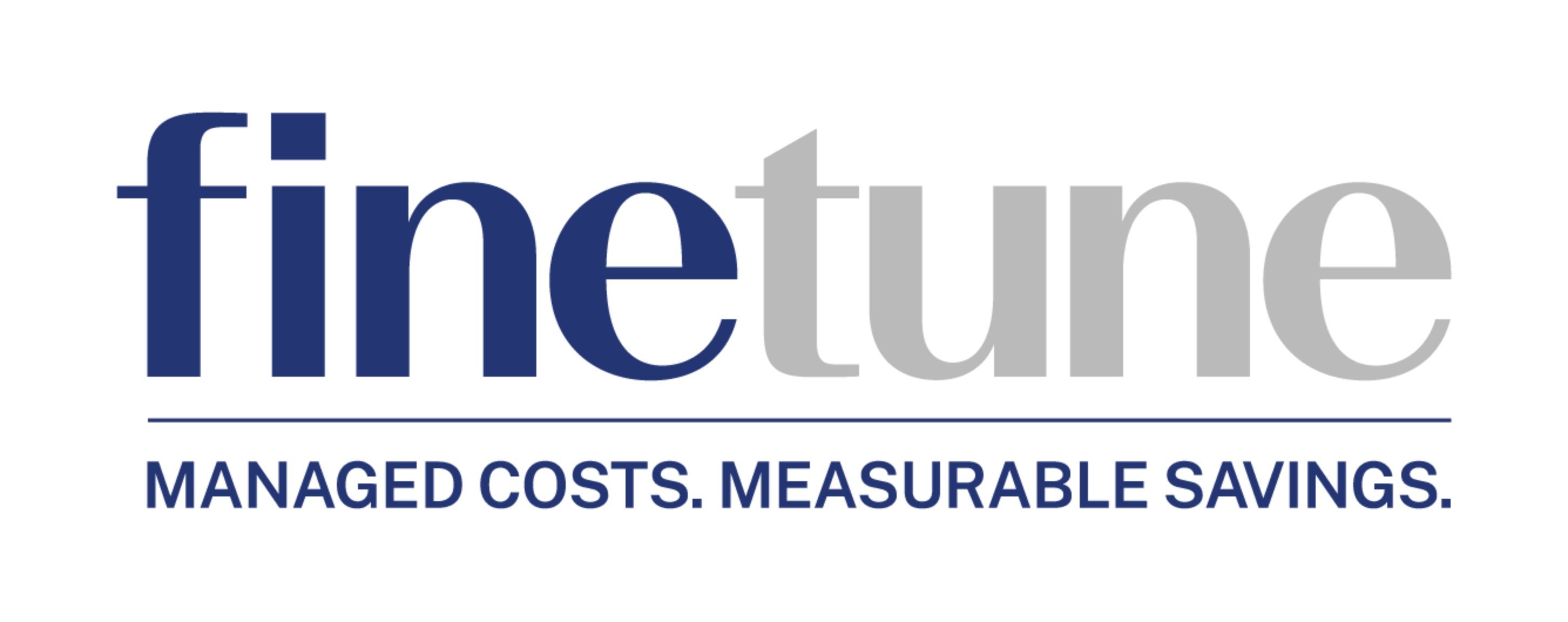Maximizing Savings Opportunities and Procurement's Strategic Value for CPOs
Saving money is not always about pinching pennies: advanced and data-driven insights enable you to identify real cost-saving opportunities, negotiate...
2 min read
![]() Rich Young
:
12/22/22 12:00 PM
Rich Young
:
12/22/22 12:00 PM


Now is the perfect time to review those contracts coming up for renewal/renegotiation over the next year, setting yourself up for optimal negotiations in 2023 by avoiding the consequences that come from playing the “waiting game.”
In general, a buyer’s leverage is highest when the threat of lost business looms as a clear and present danger. So, it’s easy to understand why a buyer would assume that the closer they get to the expiration of any particular supplier agreement, the better their chances will be to optimize the next agreement and maximize reportable savings.
However, optimizing negotiating leverage and expense management does not require pushing all the way to end-of-term, and sometimes, leverage can be lost completely if a buyer waits too long. The primary reason for this is that in order for the threat of lost business to be used effectively, it must be a plausible threat.
Time and again, we’ve seen procurement departments start RFP or renegotiation processes too late in their existing agreement terms (usually with three to six months remaining). With such little time left, a large organization has no chance to go about a healthy open-market process, select a vendor, reach agreement on terms, arrange to measure employees for new uniforms, and ultimately have those orders processed, fulfilled and installed, all while severing ties with an outgoing supplier and supplier relationship management.
With mere months remaining in an agreement, the incumbent supplier knows there is no plausible threat of lost business because the customer does not have enough time to make a transition to a competitor. Almost without fail, customers in this situation wind up signing unfavorable renewals with their incumbents when the open market could have yielded much better results.
Clearly, not all expenses are created equally. With expense management, an effective buyer must understand how a supplier transition would look across their full spectrum of expenses.
The suppliers in complex indirect services industries (e.g., uniform rental, waste & recycling, pest control and security & guard services) know that many months of planning are required to ensure seamless transitions. So in order to use the marketplace effectively and avoid lost leverage, a buyer’s market-based processes must begin in advance of these windows.
Planning for what it would look like to terminate a supplier relationship and transition to a new one isn’t something to be done only when looking to change suppliers. Indeed, it’s an important strategy to employ if you want the best chance to optimize your incumbent relationships as well.
Don’t hand your leverage to your suppliers. In 2023, reclaim the “threat of lost business” by getting to work on your expiring contracts now.

Saving money is not always about pinching pennies: advanced and data-driven insights enable you to identify real cost-saving opportunities, negotiate...

The topic of our recent roundtable discussion with a dozen Procurement Foundry community members—exploring potential flaws in procurement incentive...

Every 30 days or so, I get the same alert on my phone—“Your electricity bill is available for viewing.” I take a quick look, make sure nothing seems...